Affiliate links on Android Authority may earn us a commission. Learn more.
vivo Nex announced: Full-screen powerhouse
Hate the notch? You’ll love the new vivo Nex. There’s no cutout at the top, yet its bezels are still tantalizingly thin. It may look like a prop from a sci-fi movie, but it’s a real phone that you’ll be able to buy soon (or at least import from China).
Don’t miss: vivo Nex hands-on: Welcome to the all-screen future
Just unveiled in Shanghai, the vivo Nex is here to make your bezel-less, notch-less dream come true. Here’s everything you need to know about it.
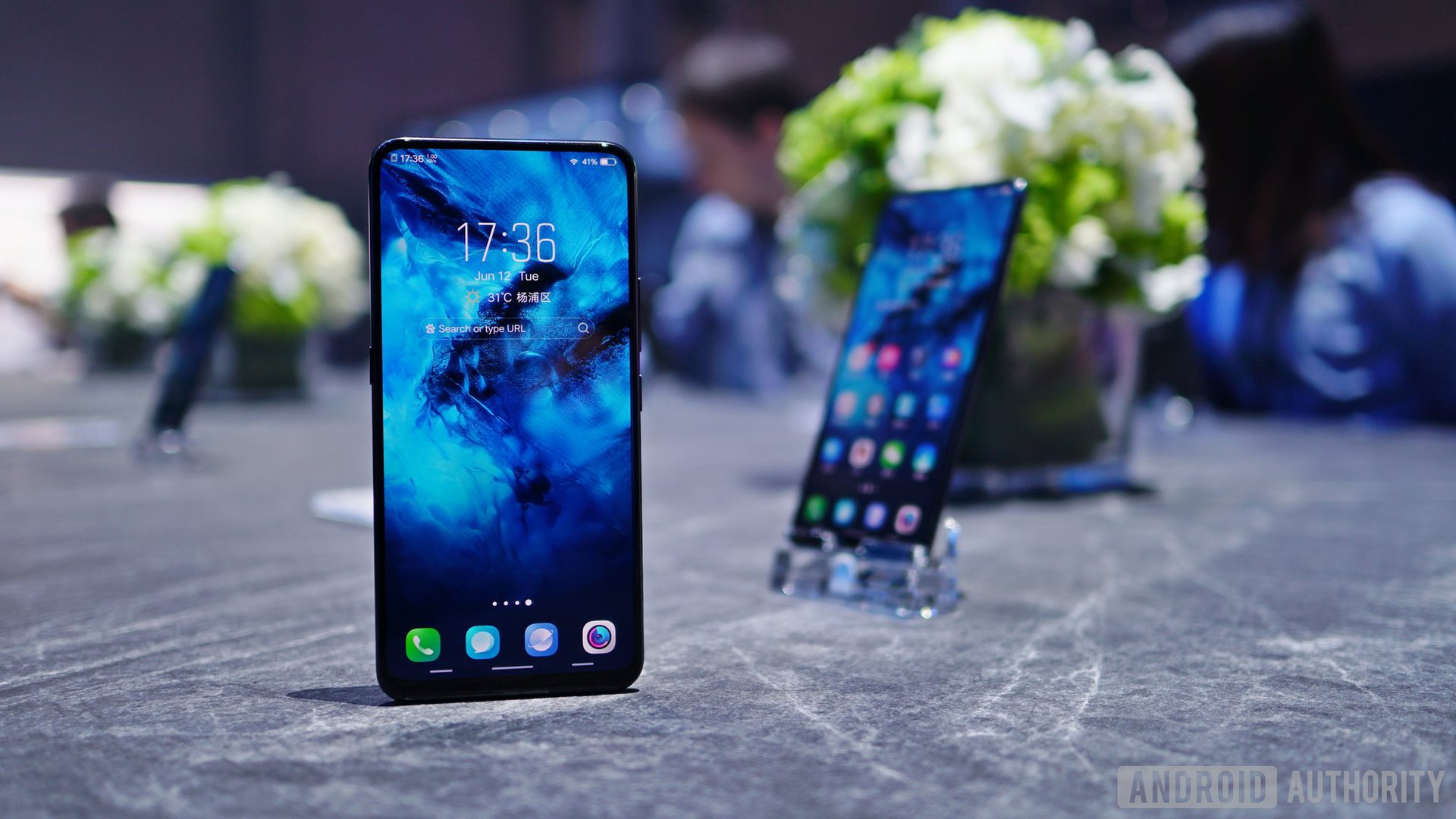
Full screen display
The vivo Nex features a gigantic 6.59-inch Super AMOLED display. The bezels are tiny on all sides, including the bottom. The Nex is eschewing the thick-chin-and-notch trend, allowing for a stunning 91.24 percent screen-to-body ratio.
The screen is Full HD+ (2316 x 1080 pixels), resulting in a tall 19.3:9 aspect ratio. Screen density is a relatively low 338 ppi, but thanks to the large screen, it shouldn’t be a huge issue.
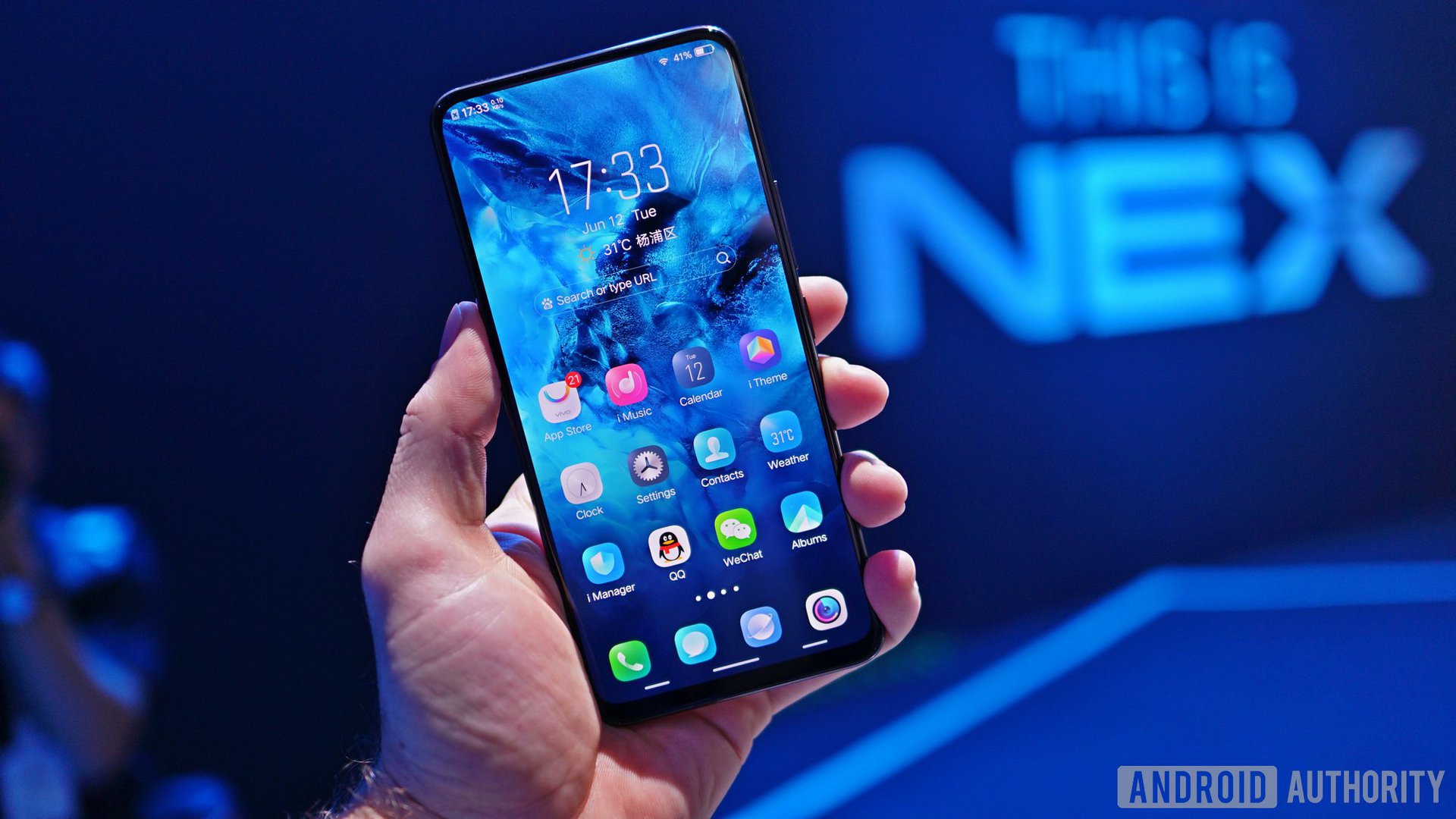
Pop-up camera makes it all possible
So how did vivo beat everyone to the punch to releasing a bezel-less phone without a notch? The secret is the hidden front-facing camera. Unlike virtually every other phone out there, the camera on the Nex is hidden inside the phone’s body, popping up from the top when the user opens the camera app (it also lowers automatically afterwards).
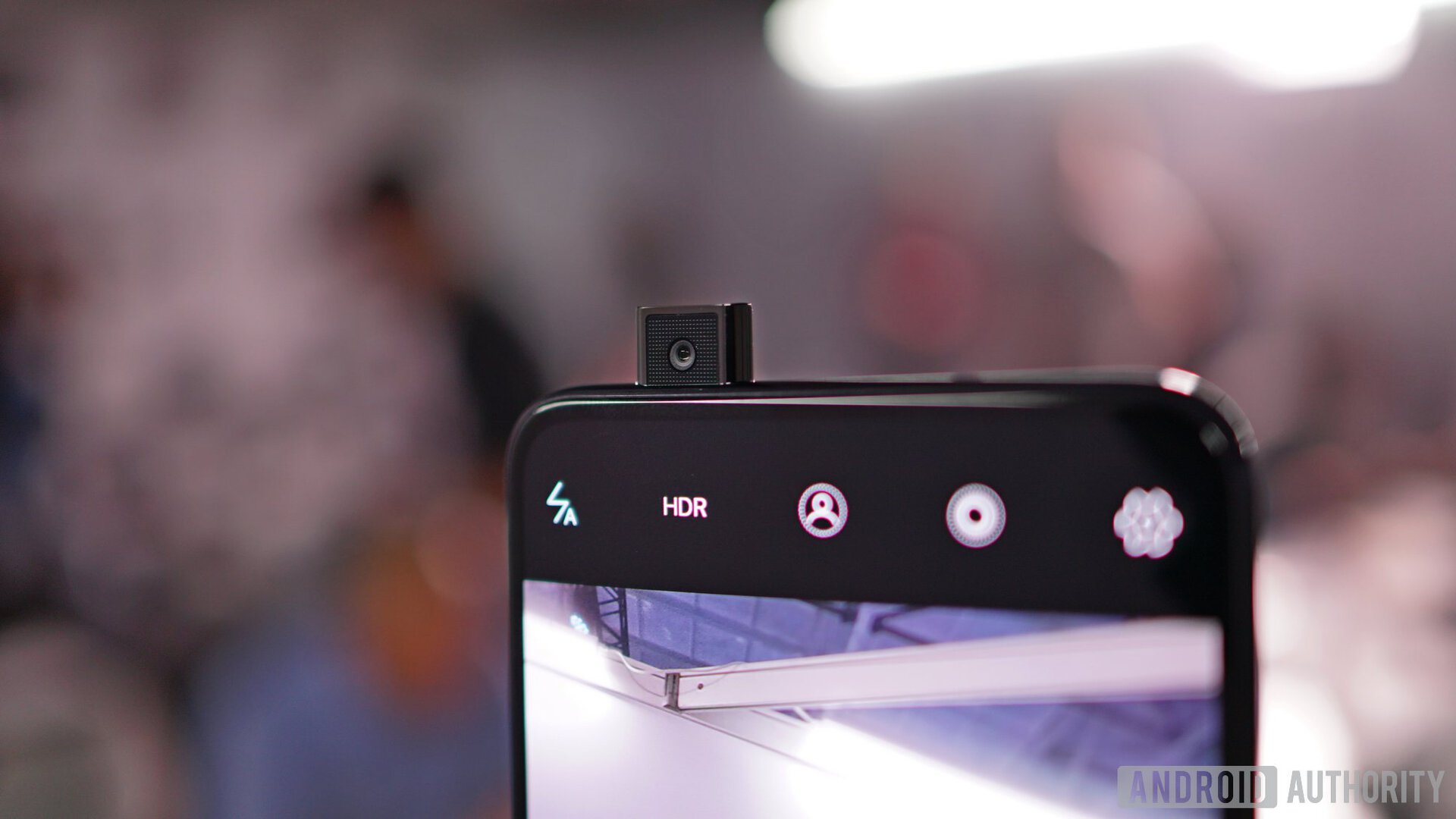
It’s an ingenious solution to a problem that phone designers have been trying to solve ever since Xiaomi started the bezel-less craze with the Mi Mix.
vivo mounted the 8MP front-facing camera on a “micro-stepper motor” that lets it elevate very precisely. vivo claims the mechanism can be raised and lowered up to 50,000 times and that the camera has undergone reliability and dust resistance testing.
Third generation under-display fingerprint scanner
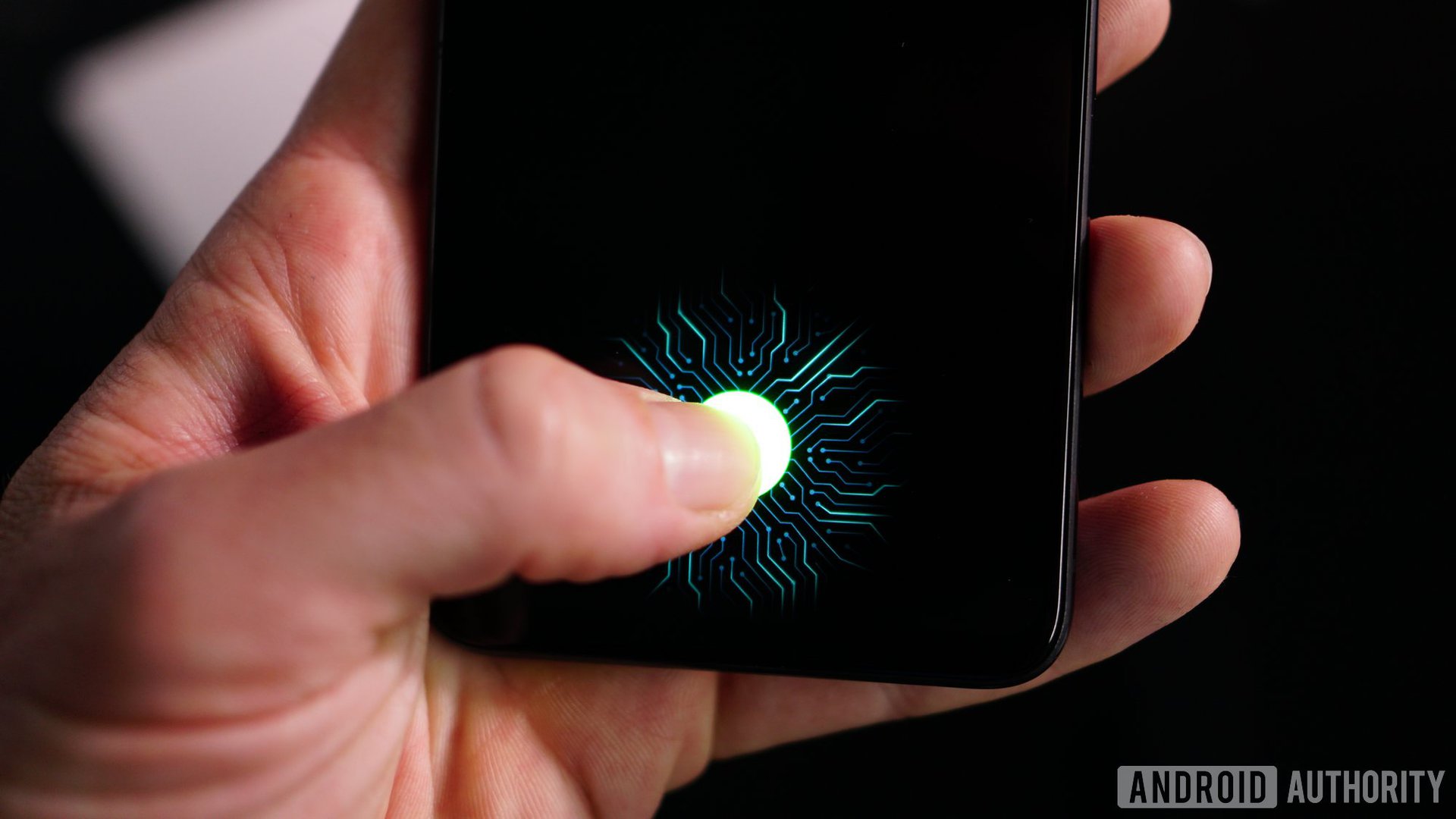
The pop-up camera isn’t the only cool trick the vivo Nex is capable of. Like the vivo X21 before it, the Nex features an under-display fingerprint scanner. You can simply touch an area on the lower part of the screen to wake up the phone and authenticate – no more wasted space on the front or back.
The under-display fingerprint scanner works great, if not perfectly, on the vivo X21. vivo says it mounted an improved version on the Nex, featuring a larger recognition area, a 30 percent lower false recognition rate, and a 10 percent higher unlock speed.
The screen is the speaker
vivo Nex comes with what vivo calls “Screen SoundCasting Technology”. It’s not clear how this tech works, but according to vivo, it turns the screen into the speaker, without sacrificing sound quality.
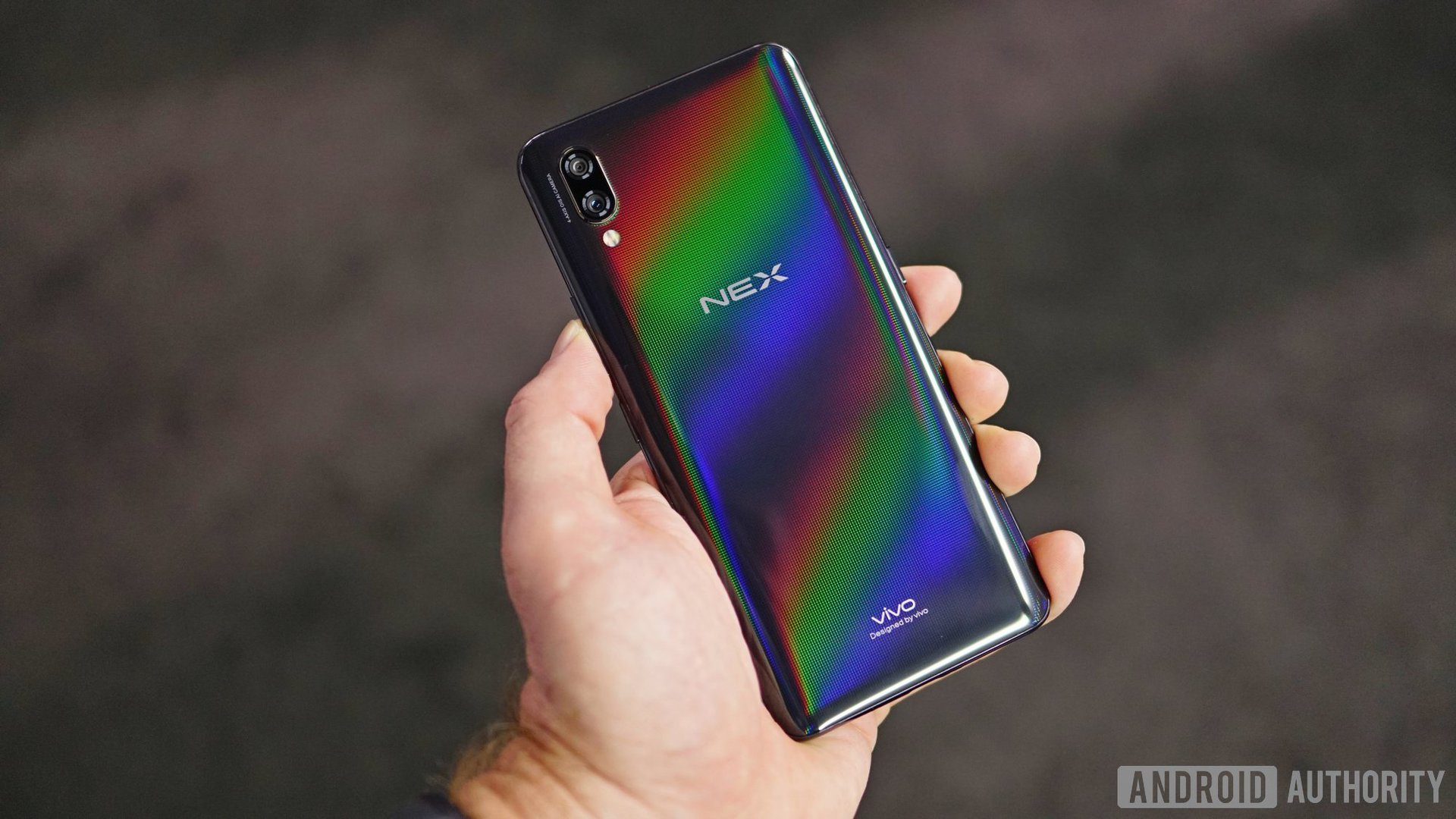
Performance powerhouse
The X21, vivo’s previous flagship, is technically a mid-ranger, due to its Snapdragon 660 processor. The vivo Nex takes things up a notch and features a spec sheet that is worthy of its futuristic features.
The vivo Nex comes with a Snapdragon 845 processor, 8GB of RAM, and up to 256GB of storage space. A 4,000mAh keeps the hardware humming along.
There are some omissions – there’s no microSD card slot, no IP rating, and no wireless charging.
Check out the full vivo Nex specs and features here.
Dual camera with “AI”
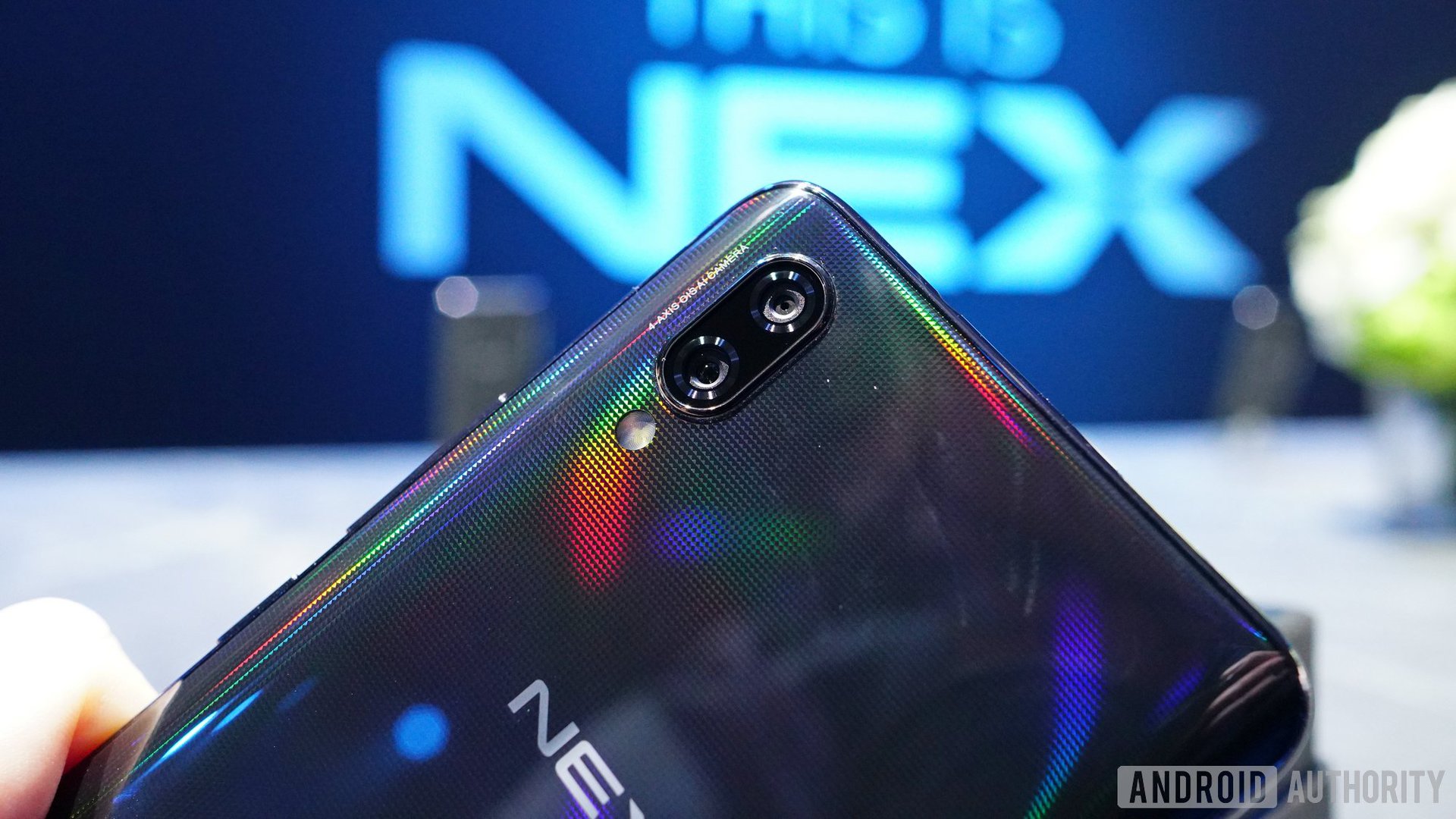
On the back, the vivo Nex features a dual camera setup comprising a 12MP main camera with f/1.8 aperture and a secondary 5MP f/2.4 shooter that helps provide depth information. The main camera features Dual Pixel technology for fast focusing, and both lenses come with optical and electronic image stabilization.
The hardware enables features like Portrait Mode (adjustable depth of field effect), Live Photos, Beauty mode, AI HDR, and AR stickers. vivo says it used AI techniques to improve scene recognition, HDR, and photo composition, though this may be just another example of companies abusing the term “AI”.
Funtouch OS with Jovi
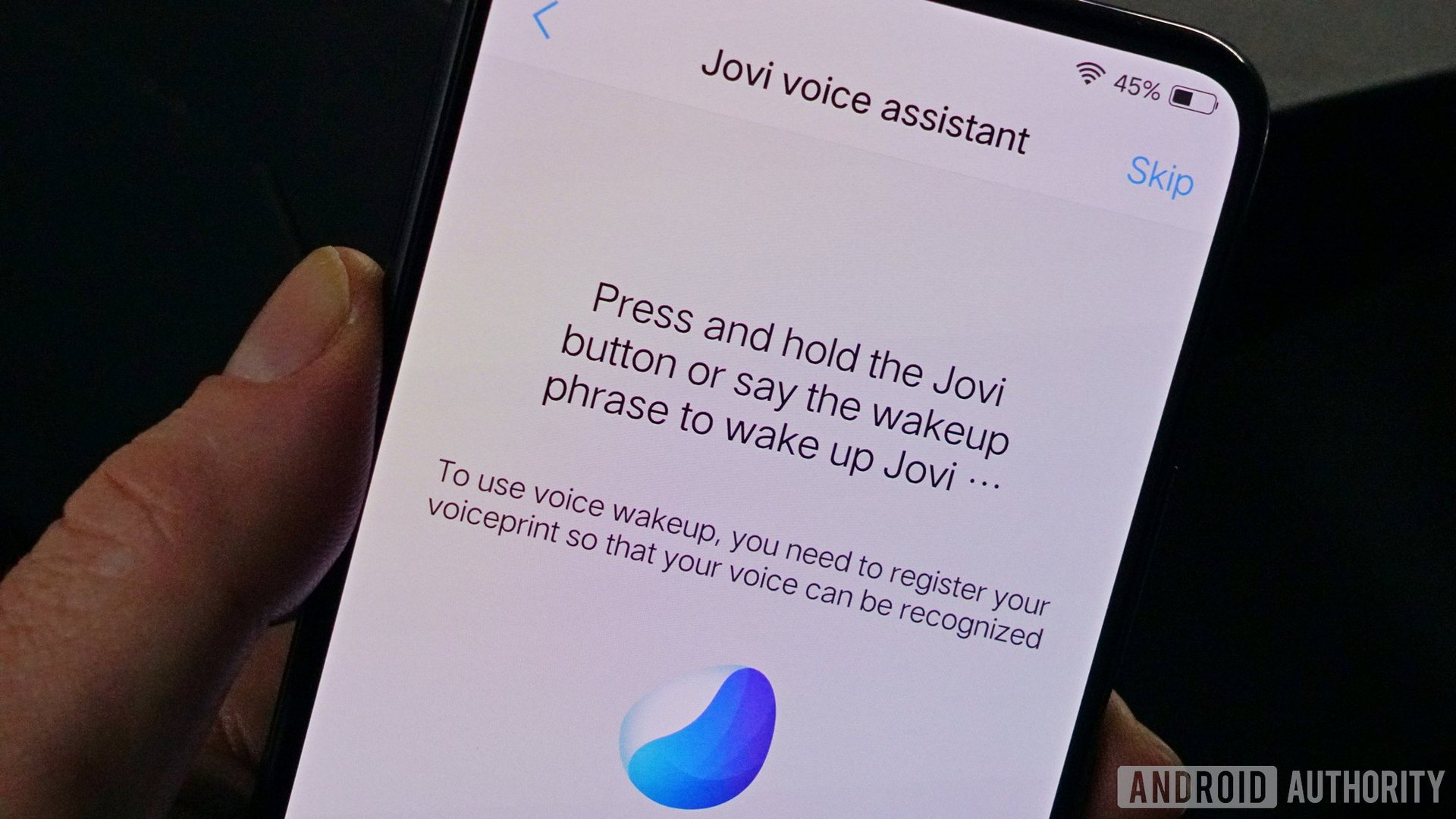
Funtouch is a heavily iOS-inspired Android skin, complete with a Control Center-like quick settings panel that is accessible with a swipe from the bottom. It leans too heavily on iOS for our liking, and the entire software suite could use a good polish. If you can get past these issues, Funtouch is definitely a functional and feature-rich OS.
vivo has joined the ranks of phone makers that offer their own virtual assistant, with Jovi. Users can have Jovi open apps or identify objects on the phone screen, using either voice commands or a dedicated hardware button on the phone’s side. It’s not clear if Jovi will be made available out of China.
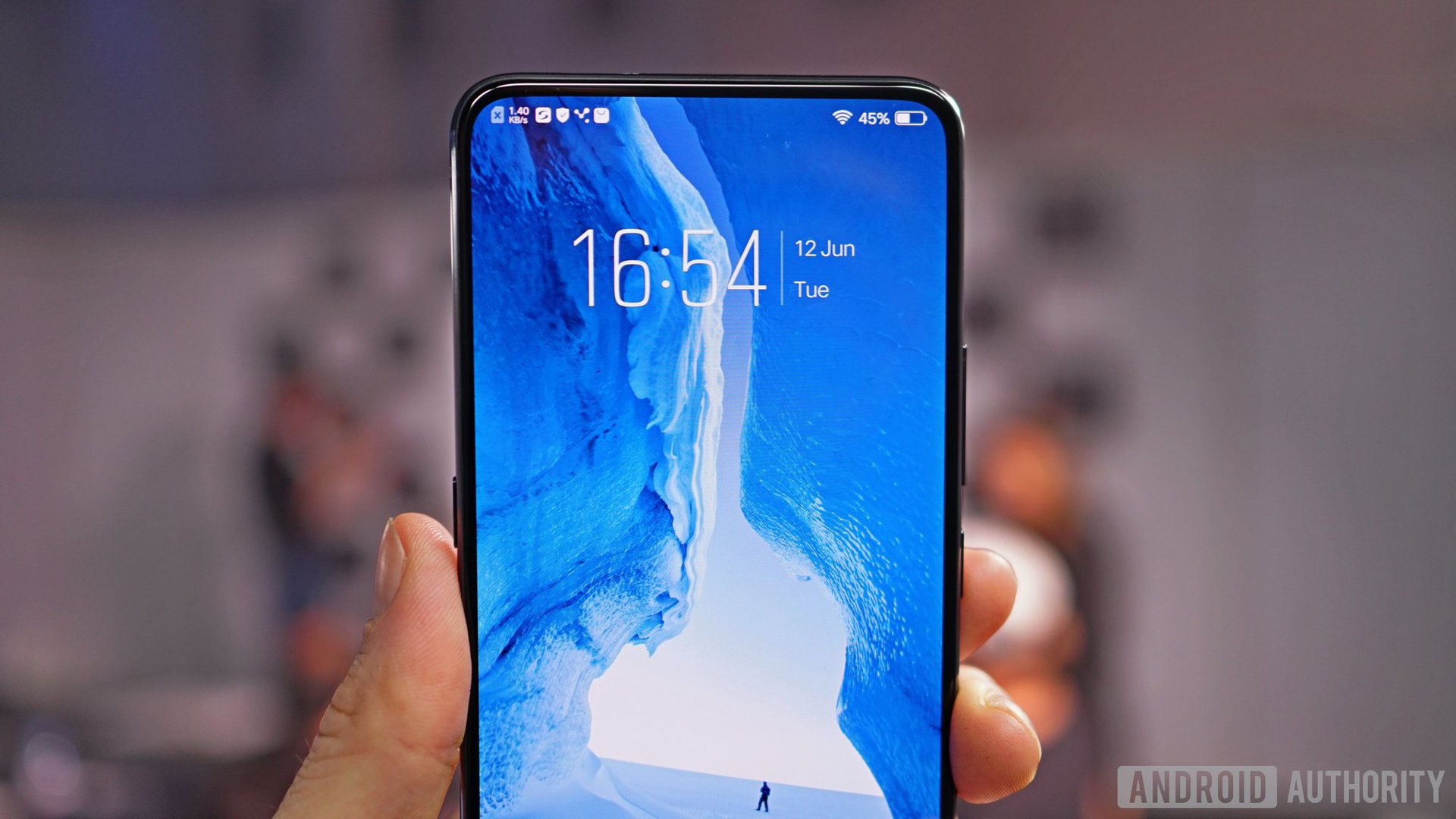
vivo Nex price and availability
The vivo Nex will initially launch in China for 4498 yuan (~$700) for the 128GB version and 4498 (~$780) for the top of the line, 256GB model. It will be available in black and red color options.
The phone is also available in India for the starting price of 44,990 rupees (~$652).
What do you think about the vivo Nex? Let us know in the comments!